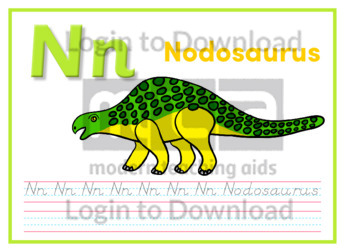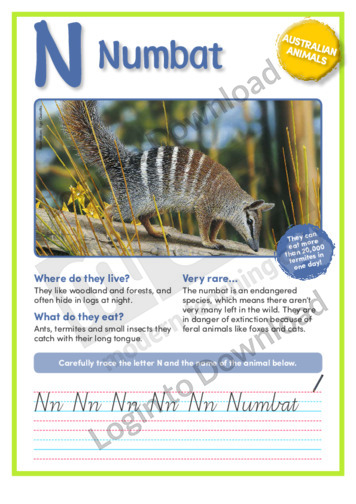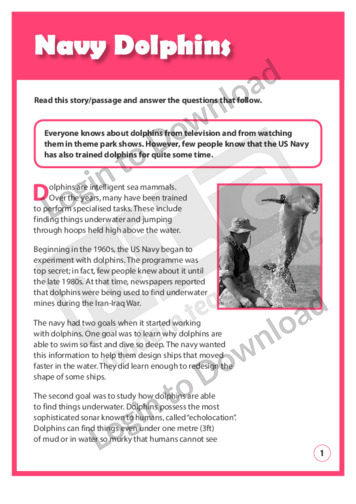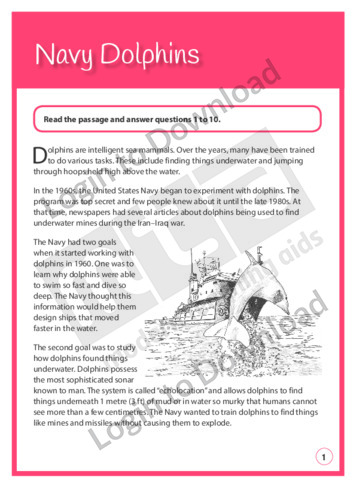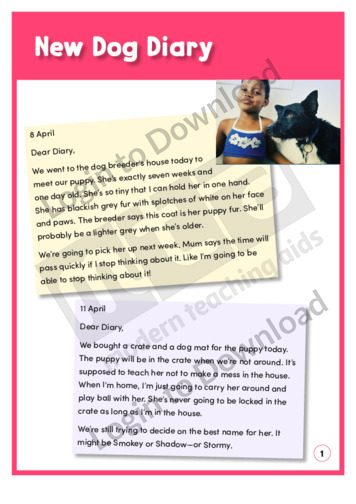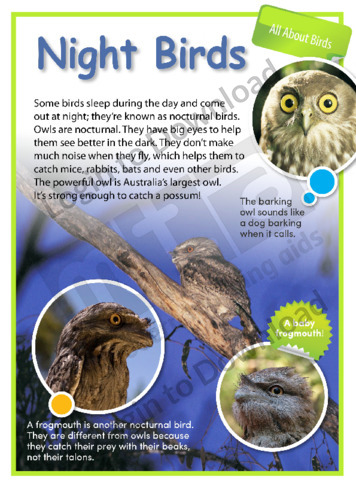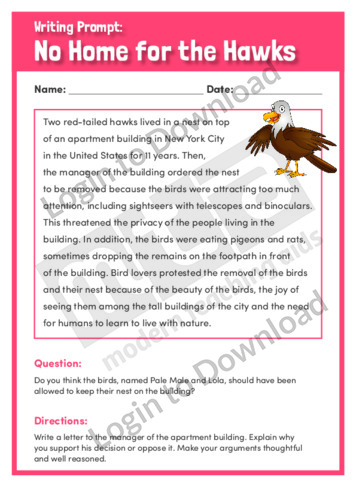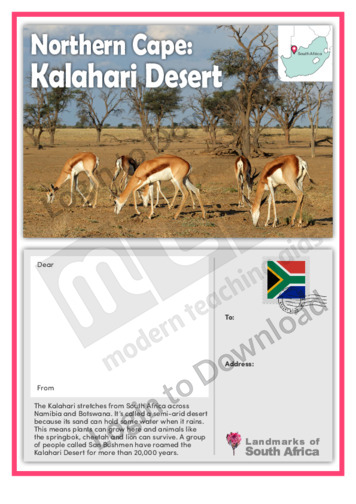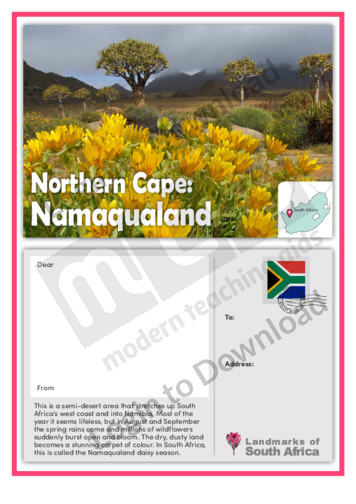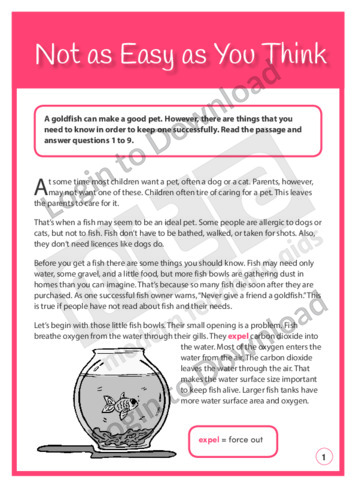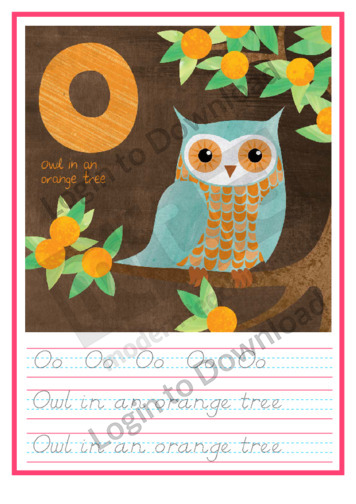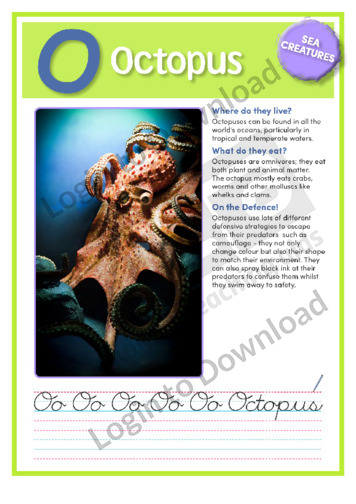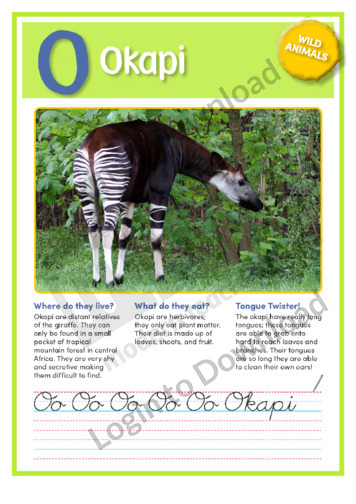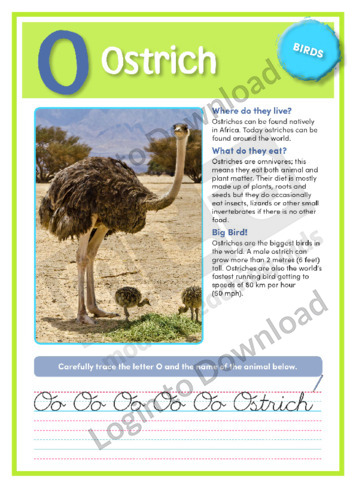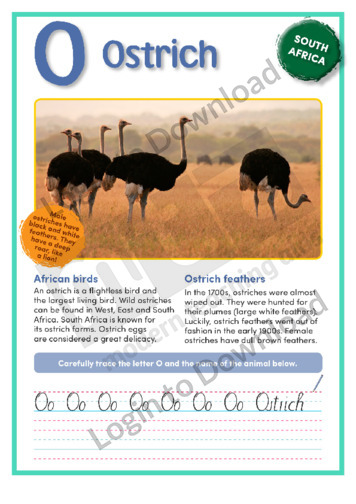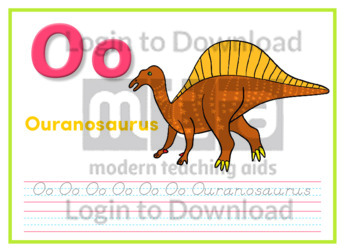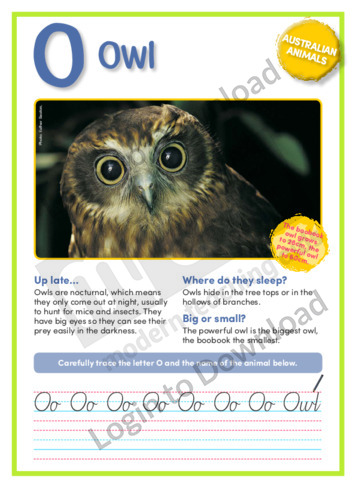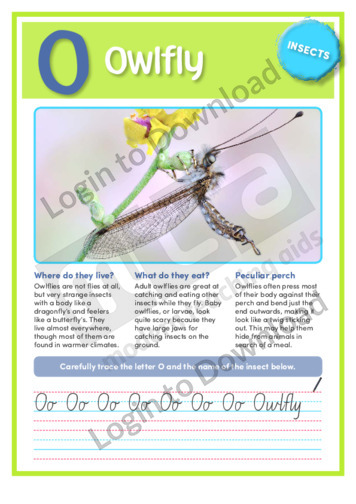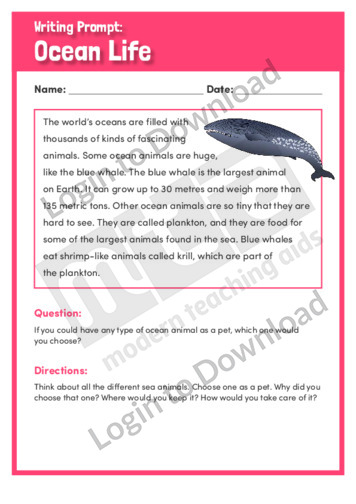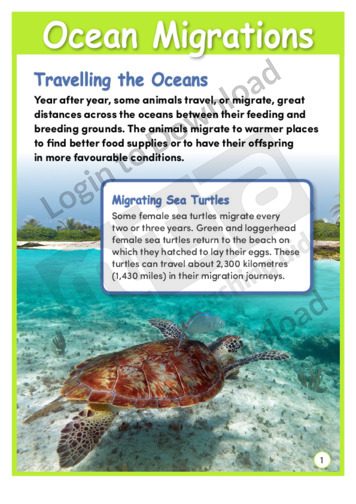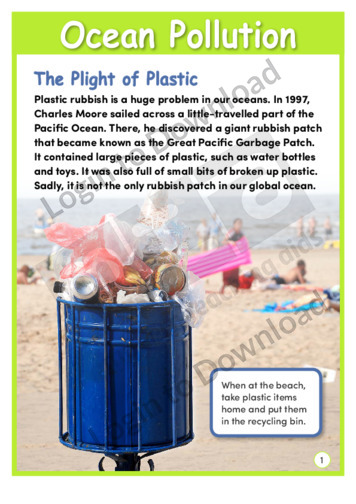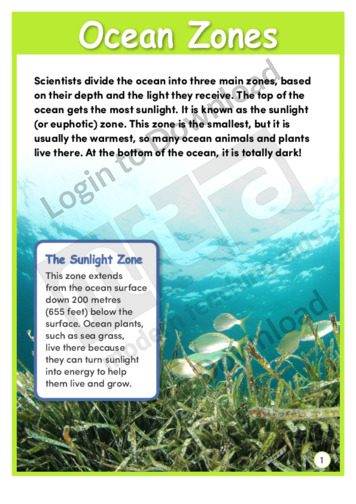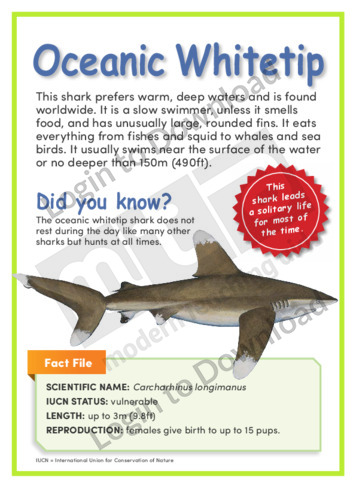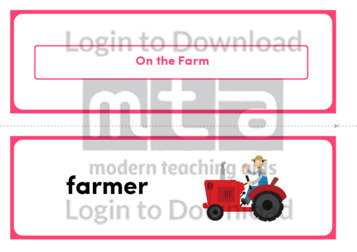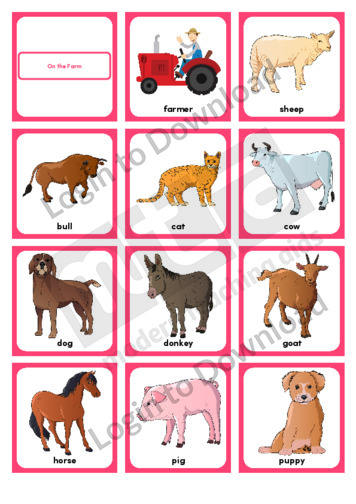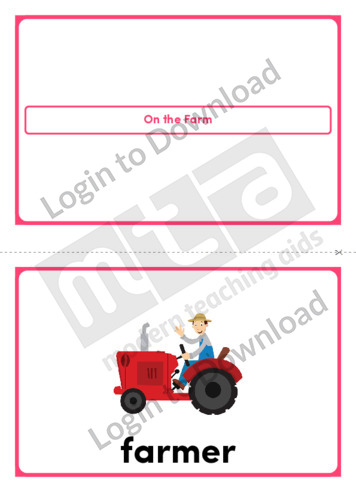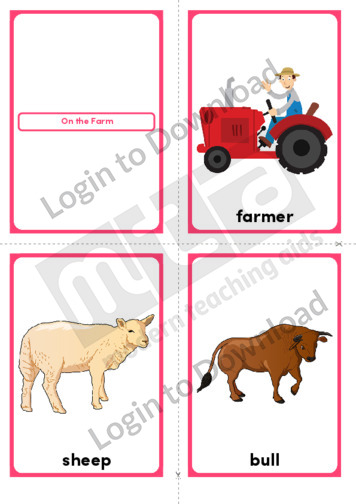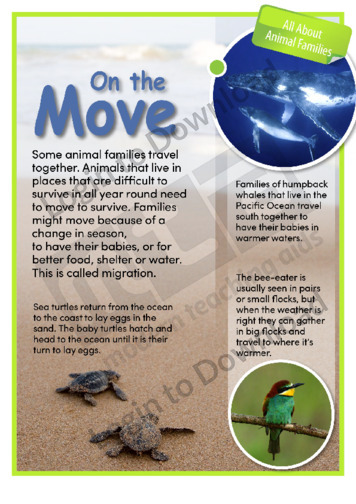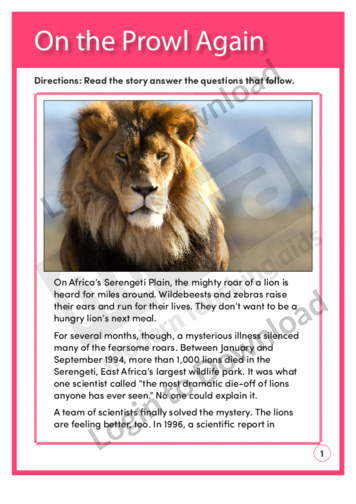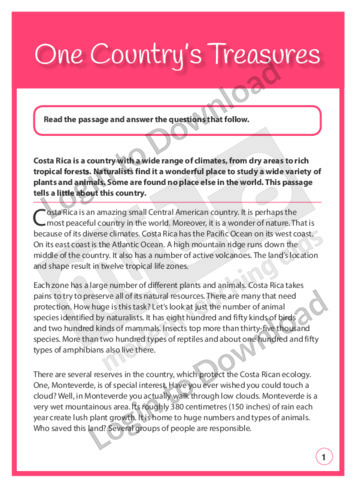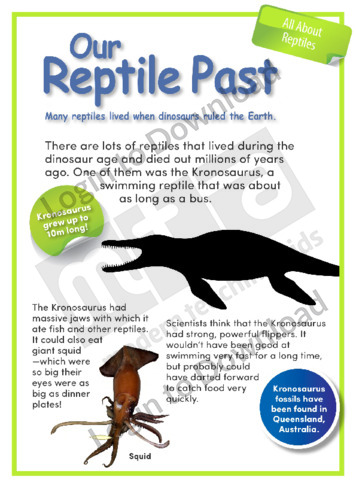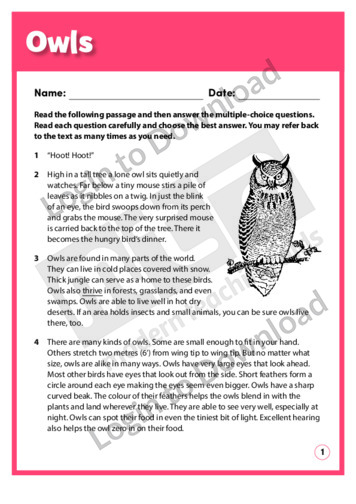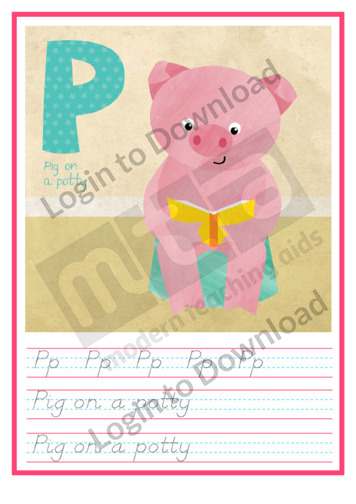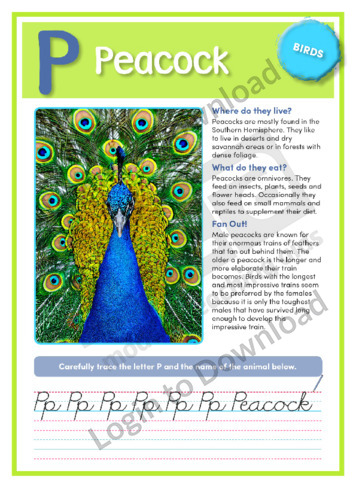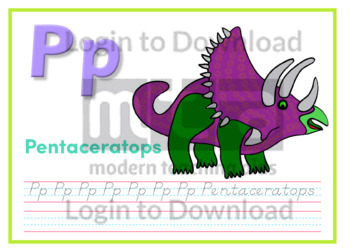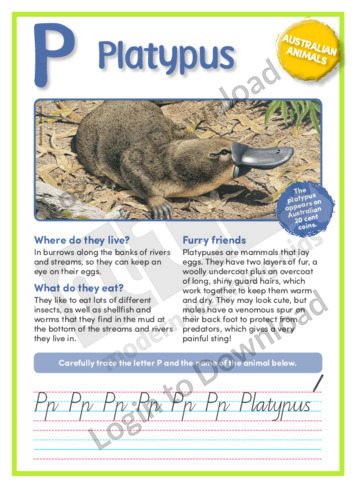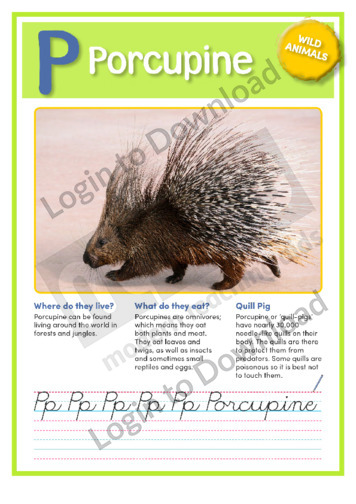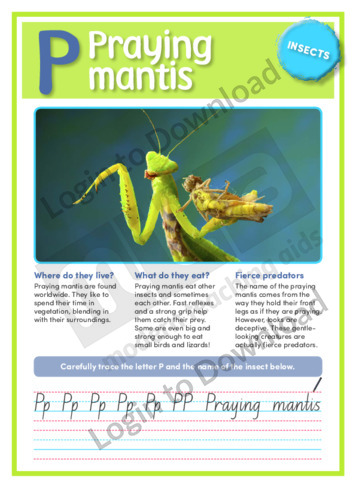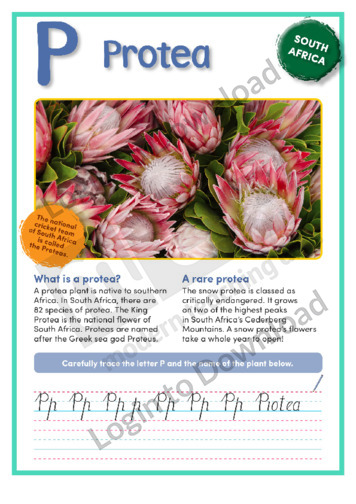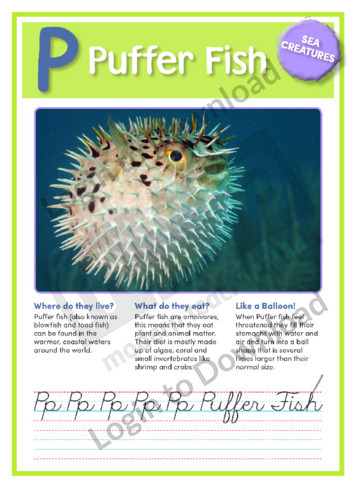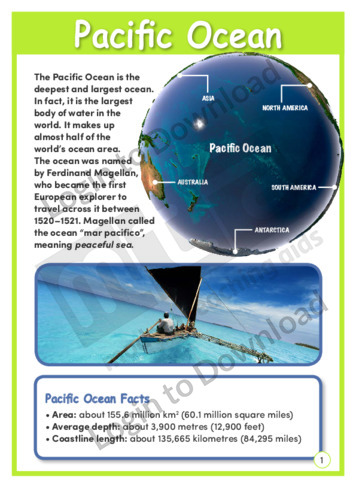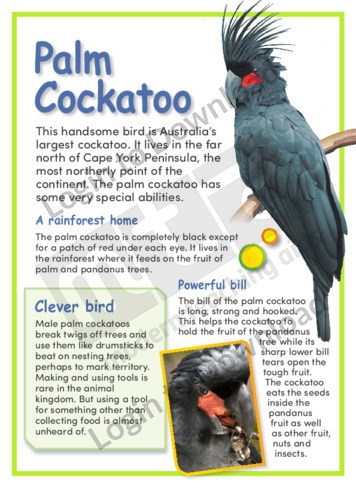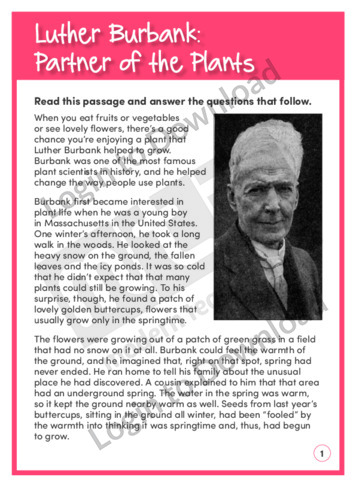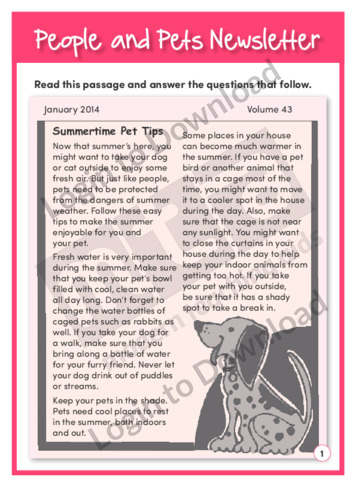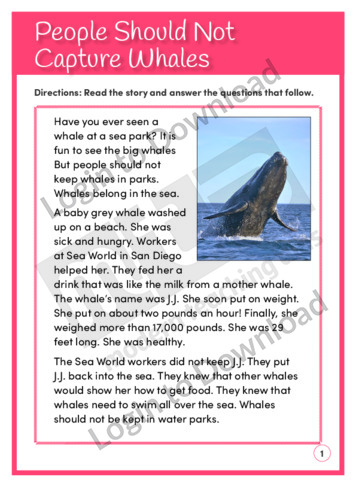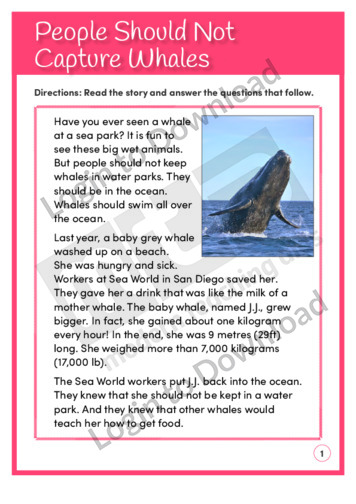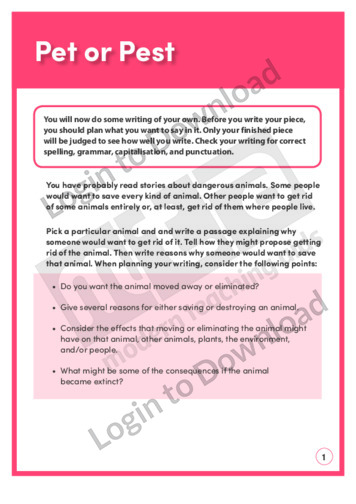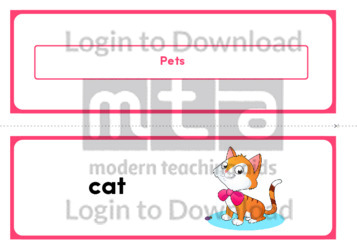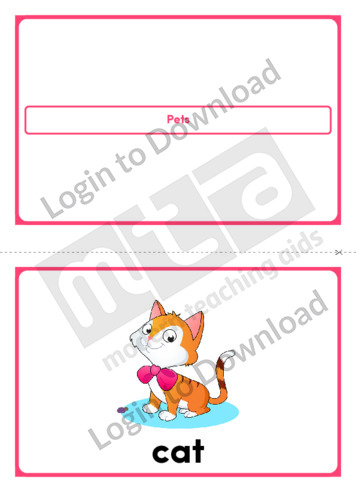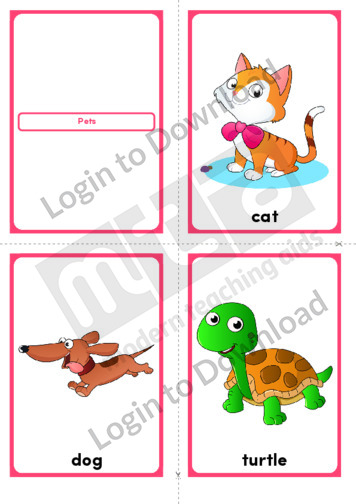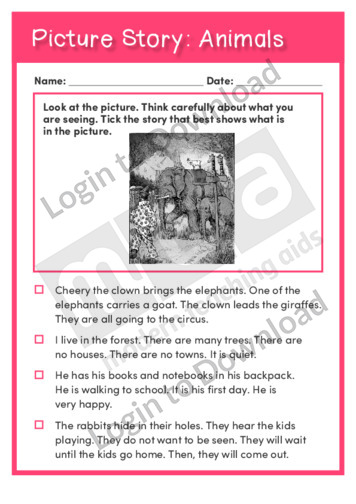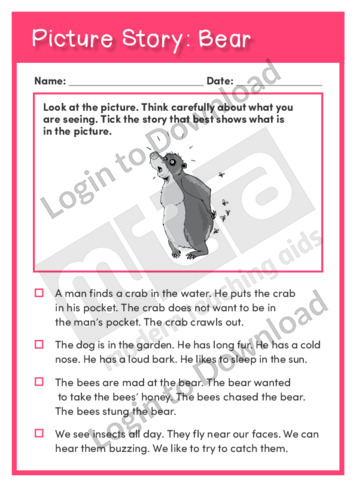This Animal Alphabet, ‘N: Nodosaurus’ is a Dinosaur themed worksheet that provides opportunities for handwriting practice.
This short nonfiction text, ‘N: Numbat’ provides factual information about the Australian animal the Numbat.
This analysing text worksheet ‘Navy Dolphins’ supports students to use various strategies to understand a narrative text about the use of these animals by US and Russian navies. It is aimed at encouraging students to deconstruct the text in order to gain a deeper understanding of its purpose, to recall specific details from the text, …More
This Reading Comprehension worksheet, ‘Navy Dolphins’, features an informational text about the use of dolphins by the U.S. and Russian navies. It encourages students to use a variety of strategies to interpret the text and includes questions about drawing a conclusion, validity, fact/opinion, sequence, classifying, vocabulary, detail, predicting outcome, and reasoning. Answer sheet provided with …More
This content area reading activity, ‘New Dog Diary’ is an English based reading comprehension exercise encouraging students to learn to separate facts from opinions.
This article, ‘All About Birds: Night Birds’, features birds that only come out at night. It provides factual information about nocturnal birds and includes colourful and engaging photographs.
This writing prompt, ‘No Home for the Hawks’ helps students to write a letter to the manager of an apartment building to state whether they support the decision to remove the hawks’ nest or whether they oppose the decision. It encourages students to think about living with nature and is aimed at broadening students’ writing …More
This postcard ‘Northern Cape: Kalahari Desert’ features important factual background information on this semi-arid desert that stretches from South Africa to Namibia and Botswana. The postcard template encourages students to research the location in order to write creatively about it as though recounting a visit. It is aimed at broadening students’ awareness of the environmental, …More
This postcard ‘Northern Cape: Namaqualand’ features important factual background information on this semi-arid area that bursts to life when the Spring rains fall. The postcard template encourages students to research the location in order to write creatively about it as though recounting a visit. It is aimed at broadening students’ awareness of the environmental, cultural …More
This Reading Comprehension worksheet, ‘Not as Easy as You Think’, features an informational text about keeping pet goldfish and includes advice on tank size, cleaning, environment, and feeding. It encourages students to use a variety of strategies to interpret the text and includes questions about cause and effect, validity, detail, reasoning, drawing a conclusion, fact/opinion, …More
This analysing text worksheet ‘Not as Easy as You Think?’ supports students to use various strategies to understand an informational text on keeping fish as pets. It is aimed at encouraging students to deconstruct the text in order to gain a deeper understanding of its purpose, to recall specific details from the text and to …More
This ‘Animal Alphabet: O: Owl’ is an animal themed worksheet that provides opportunities for handwriting practice.
This short nonfiction text, ‘O: Octopus’ provides factual information about the Octopus, exploring where they live, what they eat and other interesting facts.
This short nonfiction text, ‘O: Okapi’ provides factual information about the Okapi, exploring where they live, what they eat and other interesting facts.
This short nonfiction text, ‘O: Ostrich’ provides factual information about the Ostrich, exploring where they live, what they eat and other interesting facts.
This short nonfiction text ‘O: Ostrich’ features important factual background information relating to this large flightless bird that is native to Africa. It is aimed at broadening students’ awareness of the unique and beautiful flora and fauna associated with South Africa and also features an activity for students to practise their handwriting.
This Animal Alphabet, ‘O: Ouranosaurus’ is a Dinosaur themed worksheet that provides opportunities for handwriting practice.
This short nonfiction text, ‘O: Owl’ provides factual information about the Australian animal the Owl.
This short nonfiction text, ‘O: Owlfly’ provides factual information about the Owlfly, exploring where they live, what they eat and other interesting facts. The resource also provides a photo of the insect and guided handwriting practice that can be used to supplement the informational text.
This writing prompt, ‘Ocean Life’ helps students to write about keeping an ocean animal as a pet. It encourages students to think about the organisms that live in the world’s oceans and is aimed at broadening students’ writing and language skills.
This science article, ‘Ocean Migration’ features animals that migrate across our vast oceans. It provides factual information about why they migrate and how far they travel. It is aimed at broadening students’ scientific and geographical awareness in an engaging manner.
This science article, ‘Ocean Pollution’ features the plight of plastic in our oceans. It provides factual information about the harm plastic can cause marine life. It is aimed at broadening students’ scientific and geographical awareness in an engaging manner.
This science article, ‘Ocean Zones’ features the three different zones of the ocean. It provides factual information about the sunlight, twilight and midnight zones. It is aimed at broadening students’ scientific and geographical awareness in an engaging manner.
This article, ‘Oceanic Whitetip’, provides information about the physical characteristics, behaviour, habitat, diet and life cycle of this shark. A quick reference fact file includes scientific name and IUCN status. The text is accompanied by a large illustration of the shark.
This article, ‘On the Billabong’, describes creatures that live on tropical billabongs. It includes illustrations of these creatures and encourages students to match the name of the creature with the illustration.
This set of flashcards,’On the Farm’ supports vocabulary development about farms. Topic based flashcards are a great tool for teachers or parents to build a child’s vocabulary and improve word association. Browse over 200+ thematic flashcards and make learning fun!
This set of flashcards,’On the Farm’ supports vocabulary development about farms. Topic based flashcards are a great tool for teachers or parents to build a child’s vocabulary and improve word association. Browse over 200+ thematic flashcards and make learning fun!
This set of flashcards,’On the Farm’ supports vocabulary development about farms. Topic based flashcards are a great tool for teachers or parents to build a child’s vocabulary and improve word association. Browse over 200+ thematic flashcards and make learning fun!
This set of flashcards,’On the Farm’ supports vocabulary development about farms. Topic based flashcards are a great tool for teachers or parents to build a child’s vocabulary and improve word association. Browse over 200+ thematic flashcards and make learning fun!
This set of flashcards,’On the Farm’ supports vocabulary development about farms. Topic based flashcards are a great tool for teachers or parents to build a child’s vocabulary and improve word association. Browse over 200+ thematic flashcards and make learning fun!
This infographic, ‘All About Sea Creatures: On the Menu’, illustrates a food chain of sea creatures. It features labels and photographs to show who eats who in the seas.
This article, ‘All About Animal Families: On the Move’, profiles different types of animal families that travel together. It provides factual information about these animals and includes colourful and engaging photographs.
This Reading Comprehension worksheet, ‘One Country’s Treasures’, features an informational text about Costa Rica’s natural environment and protected areas such as the Children’s Eternal Rainforest. It encourages students to use a variety of strategies to interpret the text and includes questions about fact/opinion, cause and effect, validity, detail, vocabulary, reasoning, making an inference, comparison/contrast, and …More
This article, ‘All About Reptiles: Our Reptile Past’, provides information about reptiles that lived during the dinosaur age. It features interesting facts about these ancient reptiles and includes colourful and engaging photographs.
This article, ‘Owls’ describes the habitats, features and behaviour of owls. It provides opportunities for students to practise vocabulary and comprehension skills. Answer sheet provided with file download.
This ‘Animal Alphabet: P: Pig’ is an animal themed worksheet that provides opportunities for handwriting practice.
This short nonfiction text, ‘P: Peacock’ provides factual information about the Peacock, exploring where they live, what they eat and other interesting facts.
This Animal Alphabet, ‘P: Pentaceratops’ is a Dinosaur themed worksheet that provides opportunities for handwriting practice.
This short nonfiction text, ‘P: Platypus’ provides factual information about the Australian animal the Platypus.
This short nonfiction text, ‘P: Porcupine’ provides factual information about the Porcupine, exploring where they live, what they eat and other interesting facts.
This short nonfiction text, ‘P: Praying mantis’ provides factual information about the Praying mantis, exploring where they live, what they eat and other interesting facts. The resource also provides a photo of the insect and guided handwriting practice that can be used to supplement the informational text.
This short nonfiction text ‘P: Protea’ features important factual background information relating to the national flower of South Africa. It is aimed at broadening students’ awareness of the unique and beautiful flora and fauna associated with South Africa and also features an activity for students to practise their handwriting.
This short nonfiction text, ‘P: Puffer Fish’ provides factual information about the Puffer Fish, exploring where they live, what they eat and other interesting facts.
This science article, ‘Pacific Ocean’ features different aspects of the Pacific Ocean. It provides factual information about islands in the Pacific, the Pacific’s Ring of Fire and the deepest part of the Pacific Ocean. It is aimed at broadening students’ scientific and geographical awareness in an engaging manner.
This article, ‘Palm Cockatoo’ provides information about the physical characteristics, habits, habitat, diet and some special abilities of the palm cockatoo. It also introduces students to various terms relating to the palm cockatoo’s physical features and its food. The text is supported by colourful and engaging photographs.
This reading comprehension activity, ‘Partner of the Plants’ asks students to answer comprehension questions the famous American plant scientist Luther Burbank. It is aimed at developing students’ awareness of semantics and encourages them to recall information and draw conclusions.
This article, ‘Penguins’, describes the penguins that live in Antarctica. It provides factual information about these penguins and includes colourful and engaging photographs.
This reading comprehension activity, ‘People and Pets Newsletter’ asks students to answer comprehension questions about keeping pets safe outside during the summer. It is aimed at developing students’ awareness of semantics and encourages them to form opinions, as well as consider the author’s purpose.
This reading comprehension activity, ‘People Should Not Capture Whales’, asks students to read a story and answer comprehension questions about whales.
This reading comprehension activity, ‘People Should Not Capture Whales’, asks students to answer comprehension questions on a text about whales in water parks.
This story, ‘Pet Day’ describes the lead-up to a day when students bring pets to school and listen to a vet. It provides opportunities for students to practise vocabulary and comprehension skills. Answer sheet provided with file download.
This Writing Task worksheet, ‘Pet or Pest’, features instructions for students to write a passage about eliminating or saving an animal. It encourages students to plan their writing and to check it for errors. Prompts suggest that the student list several reasons for saving or destroying the animal and consider the broader ecological impact of …More
This set of flashcards,’Pets’ supports vocabulary development about pets. Topic based flashcards are a great tool for teachers or parents to build a child’s vocabulary and improve word association. Browse over 200+ thematic flashcards and make learning fun!
This set of flashcards,’Pets’ supports vocabulary development about pets. Topic based flashcards are a great tool for teachers or parents to build a child’s vocabulary and improve word association. Browse over 200+ thematic flashcards and make learning fun!
This set of flashcards,’Pets’ supports vocabulary development about pets. Topic based flashcards are a great tool for teachers or parents to build a child’s vocabulary and improve word association. Browse over 200+ thematic flashcards and make learning fun!
This set of flashcards,’Pets’ supports vocabulary development about pets. Topic based flashcards are a great tool for teachers or parents to build a child’s vocabulary and improve word association. Browse over 200+ thematic flashcards and make learning fun!
This reading comprehension activity, ‘Picture Story: Animals’ asks students to identify the story that best matches the picture, which features a clown leading some animals to a circus. It is aimed at developing students’ awareness of semantics and encourages them to recognise the association between a picture and a short story describing it.
This reading comprehension activity, ‘Picture Story: Bear’ asks students to identify the story that best matches the picture, which features a bear with some stinging bees. It is aimed at developing students’ awareness of semantics and encourages them to recognise the association between a picture and a short story describing it.
This reading comprehension activity, ‘Picture Story: Dinosaur’ asks students to identify the story that best matches the picture, which features a dinosaur swimming. It is aimed at developing students’ awareness of semantics and encourages them to recognise the association between a picture and a short story describing it.
It�s that easy!

